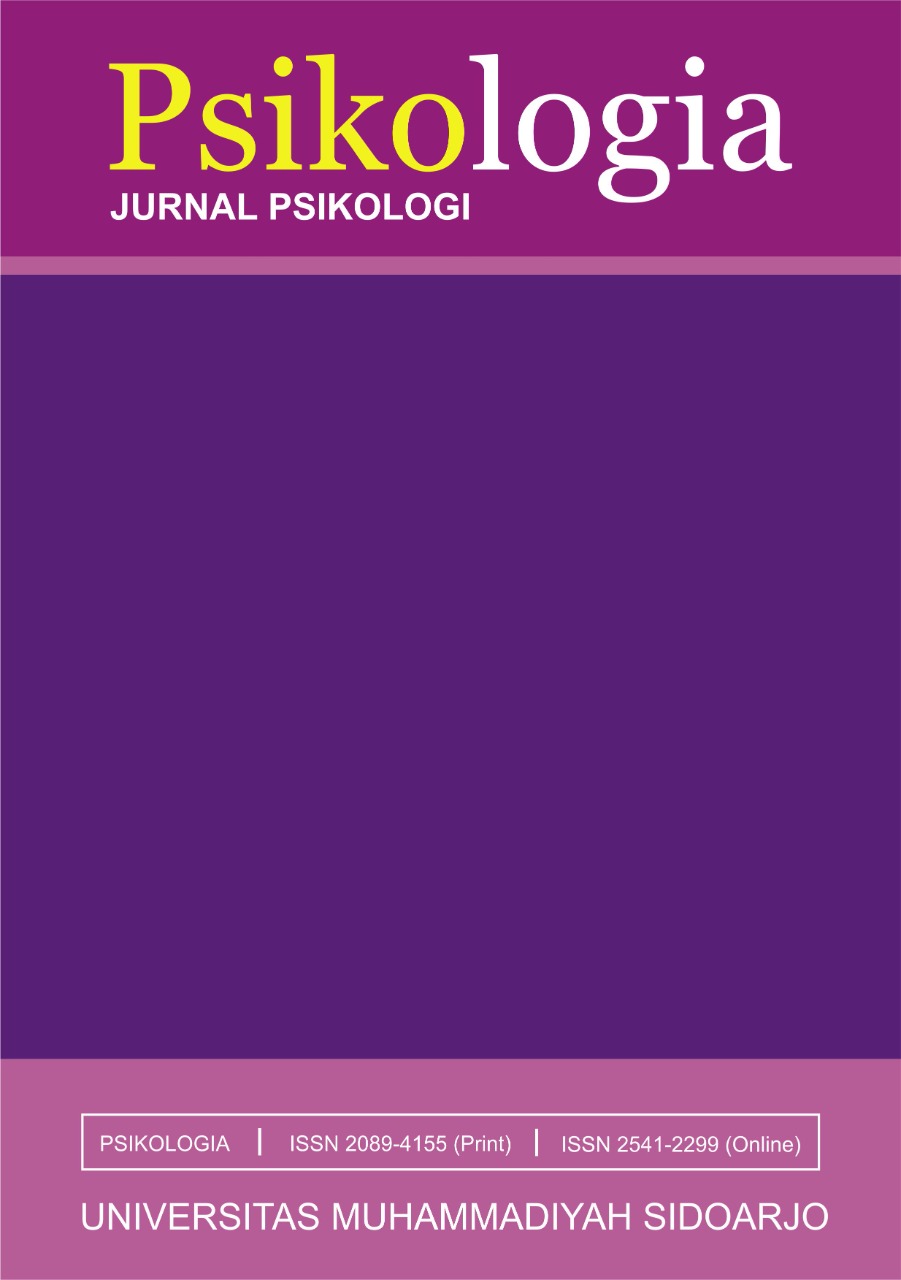Management of Human Physiological Loads in Industrial Environments.
Manajemen Beban Fisiologis Manusia di Lingkungan Industri.
DOI:
https://doi.org/10.21070/psikologia.v10i2.1909Keywords:
Industrial Ergonomics, Workload Management, Workplace Safety, Fatigue Reduction, Occupational HealthAbstract
This article presents the scientific and practical foundations for managing human physiological workloads in industrial settings. Based on ergonomic and human physiology theories, static and dynamic factors affecting workers’ physical states are analyzed. Modern methods, technical solutions, and management tools for preserving employee health and reducing fatigue in production processes are examined. The potential of innovative technologies—such as sensor monitoring, digital twins, and automation—to predict and manage workloads is critically assessed. The article concludes that effective management of physiological workloads in industrial enterprises is pivotal for enhancing economic efficiency, reducing occupational diseases, and ensuring long-term workforce sustainability.
Highlights:
- Ergonomic & Physiological Analysis – Evaluates static and dynamic factors affecting workers' physical conditions.
- Technology-Driven Solutions – Assesses sensor monitoring, digital twins, and automation for workload management.
- Workforce Sustainability – Highlights the importance of reducing fatigue to enhance efficiency and long-term health.
Keywords: Industrial Ergonomics, Workload Management, Workplace Safety, Fatigue Reduction, Occupational Health
References
Bridger, R. S. (2008). Introduction to Ergonomics (3rd ed.). CRC Press.
Demura, T., & Nagaoka, M. (2016). Applied Ergonomics in Manufacturing Processes: Japanese Kaizen Approaches. Springer.
Dul, J., & Weerdmeester, B. (2008). Ergonomics for Beginners: A Quick Reference Guide (3rd ed.). CRC Press.
Grandjean, E. (1988). Fitting the Task to the Man: A Textbook of Occupational Ergonomics. Taylor & Francis.
Helander, M. (2006). A Guide to the Ergonomics of Manufacturing. CRC Press.
International, O. (2019). International Organization for Standardization (ISO). ISO.
Kroemer, K. H. E., Kroemer, H. J., & Kroemer-Elbert, K. E. (2001). Ergonomics: How to Design for Ease and Efficiency (2nd ed.). Prentice Hall.
Marras, W. S., & Karwowski, W. (Eds.). (2006). The Occupational Ergonomics Handbook (2nd ed.). CRC Press.
Organization, I. L. (2021). Occupational Safety and Health Convention 155 and Related Recommendations. ILO.
Organization, W. H. (2010). Healthy Workplaces: A Model for Action. WHO.
Safety, O., & Administration, H. (2017). Ergonomics: Guidelines for Preventing Musculoskeletal Disorders. U.S. Department of Labor.
Salvendy, G. (Ed.). (2012). Handbook of Human Factors and Ergonomics (4th ed.). Wiley.
Uzbekistan, L. C. (2023). Labor Code of the Republic of Uzbekistan. Adolat Publishing.
Uzbekistan, M. (2024). Sanitary-Hygienic Requirements for Workplaces.
Uzbekistan, R. (2016). Law of the Republic of Uzbekistan ‘On Occupational Safety’.
Wilson, J. R., & Corlett, E. N. (Eds.). (2005). Evaluation of Human Work (3rd ed.). CRC Press.






